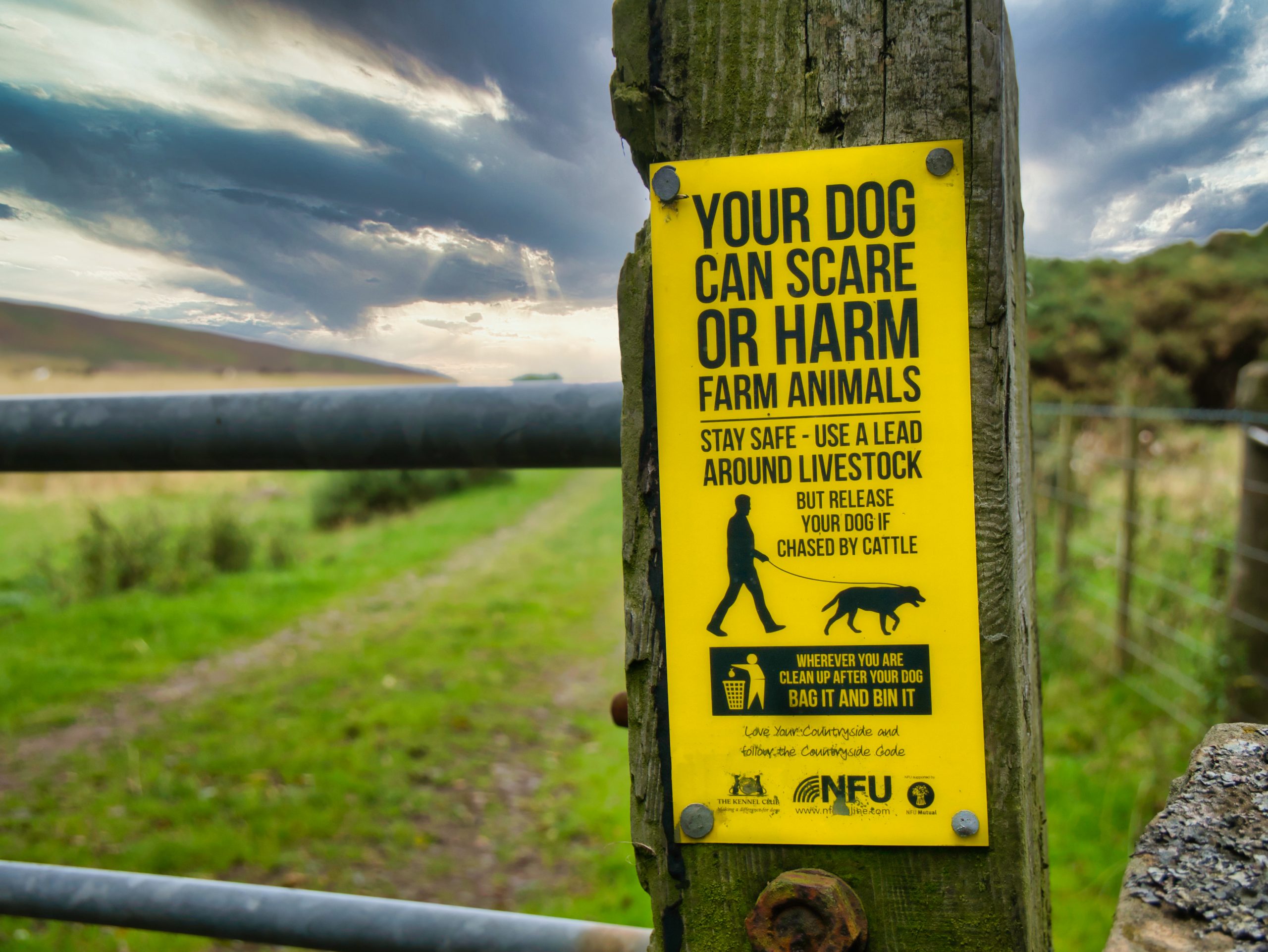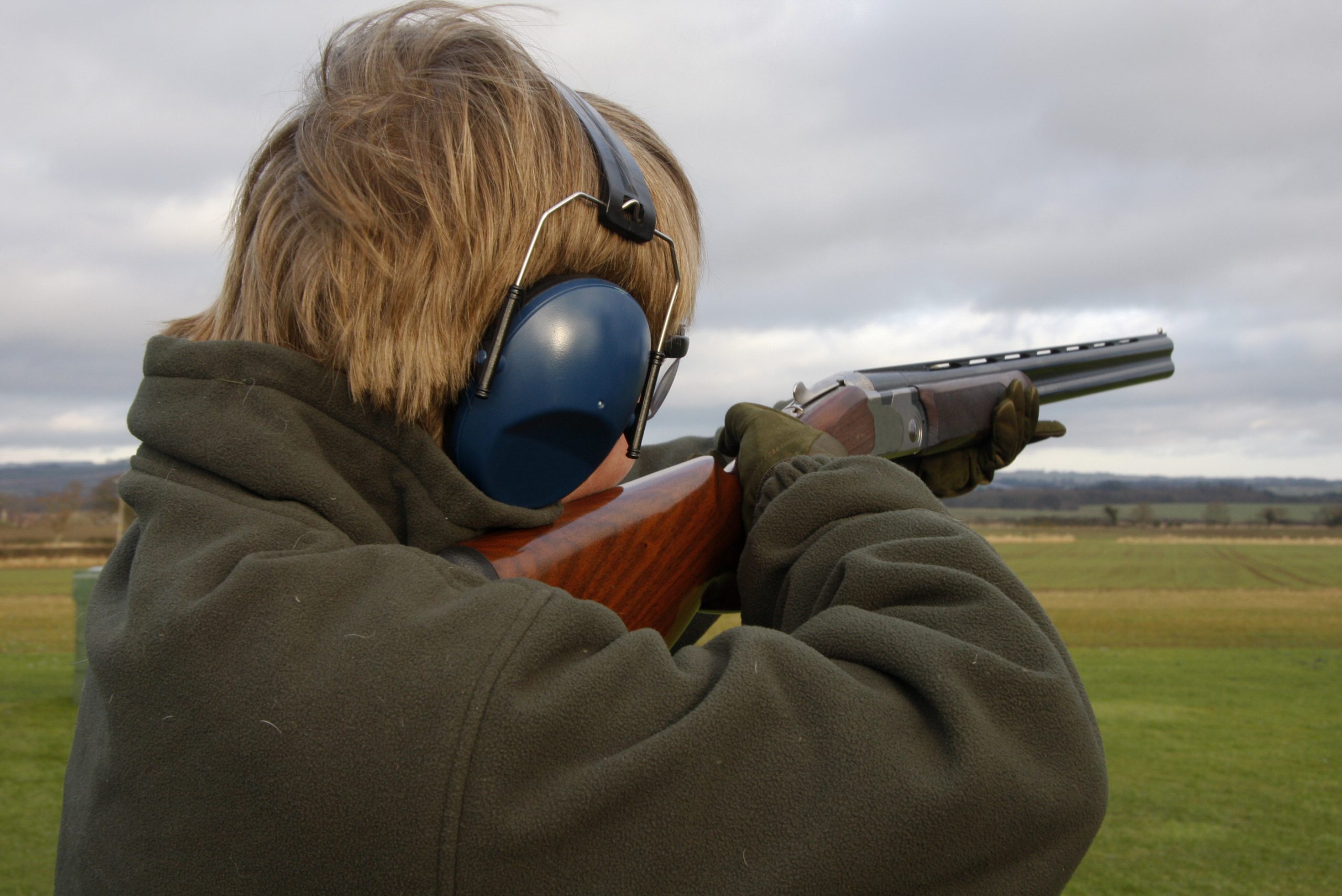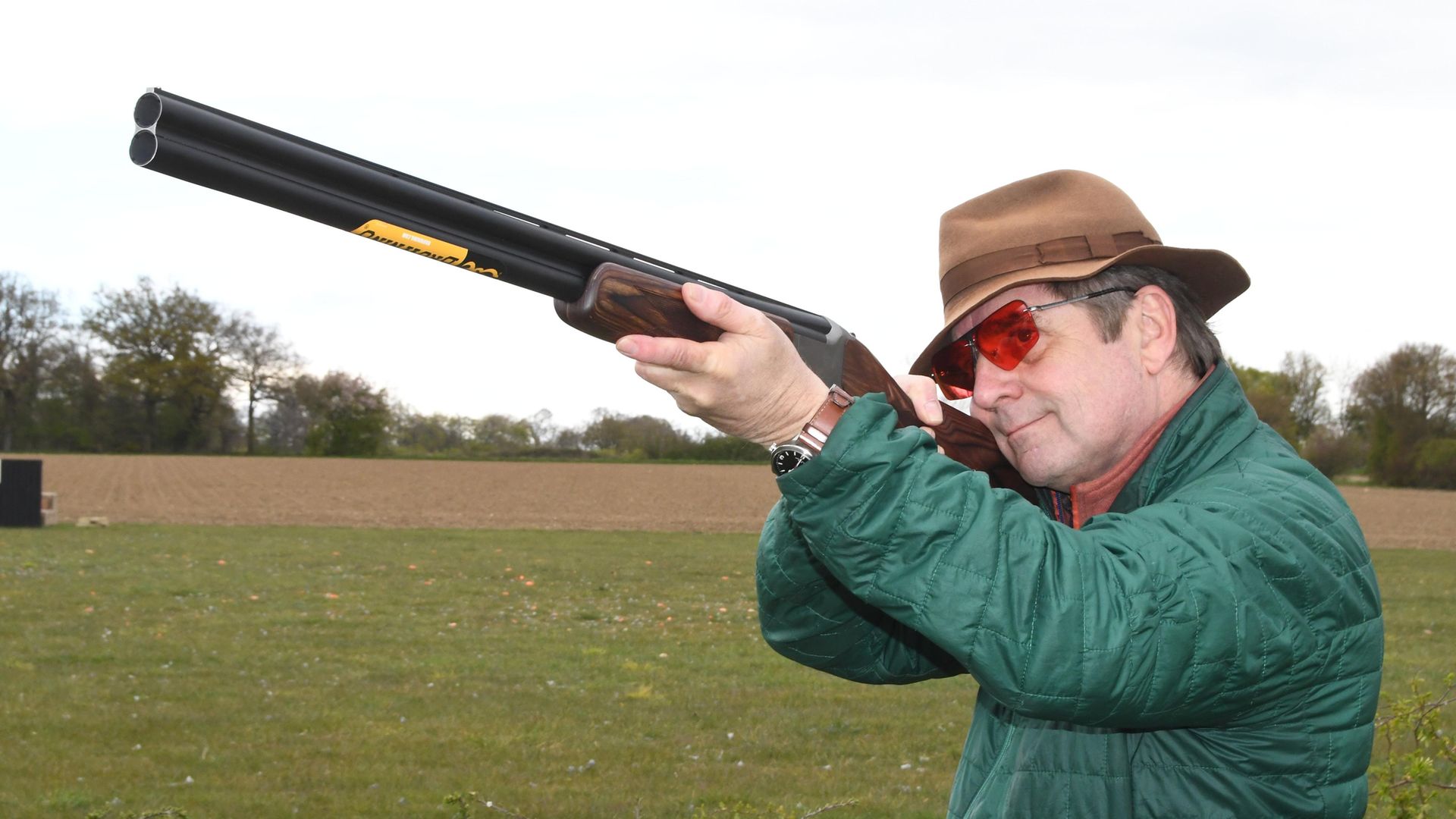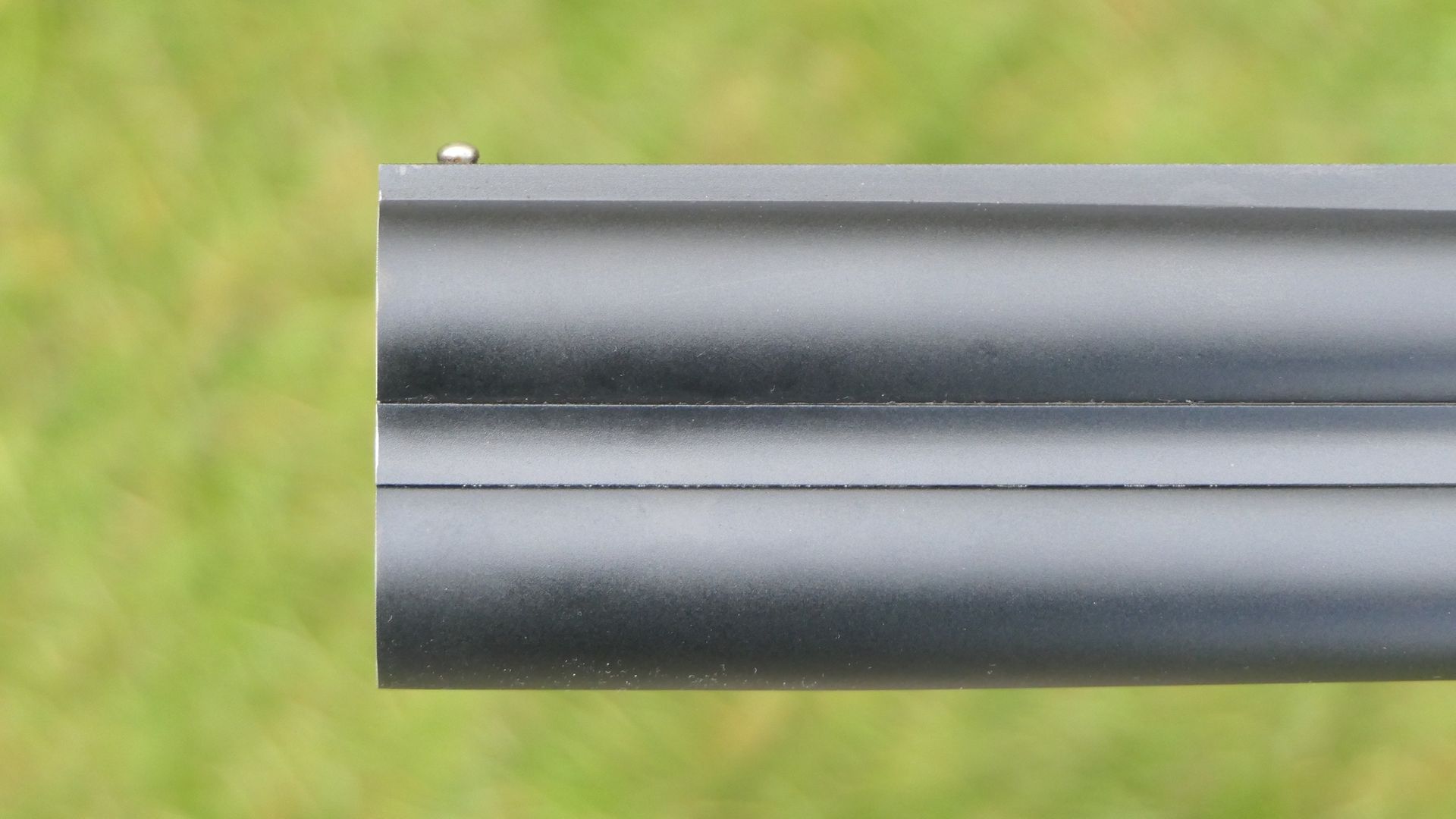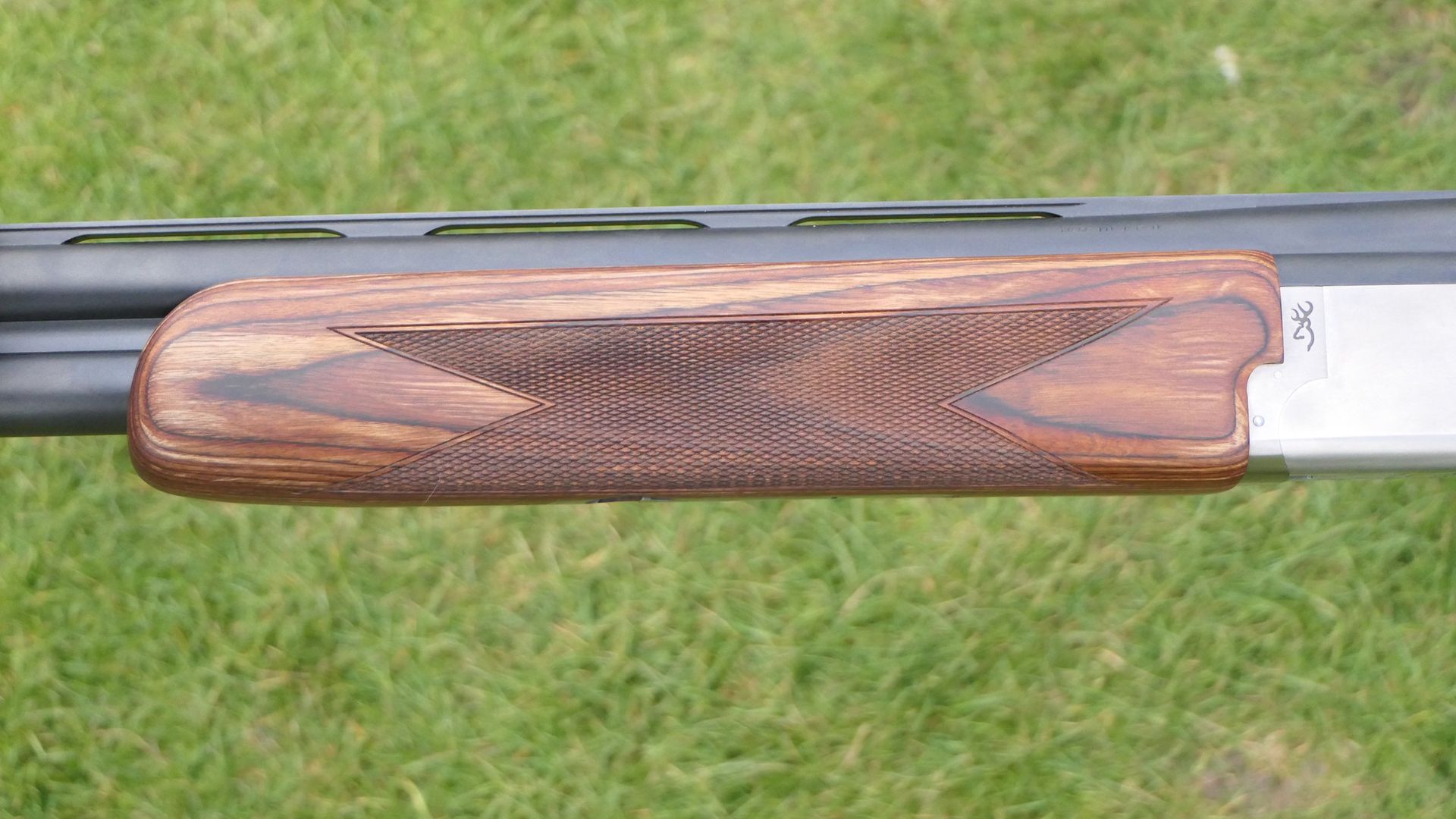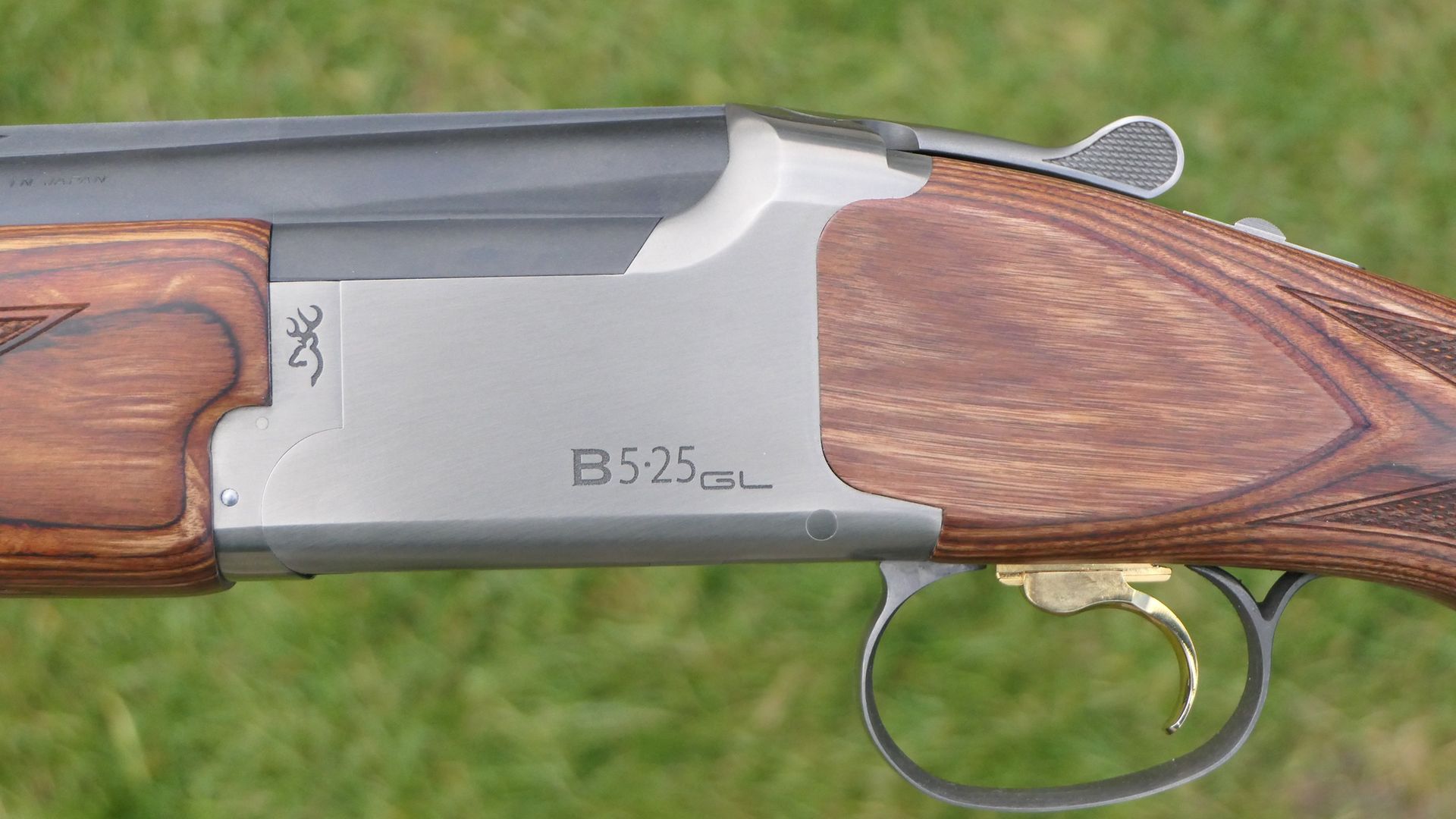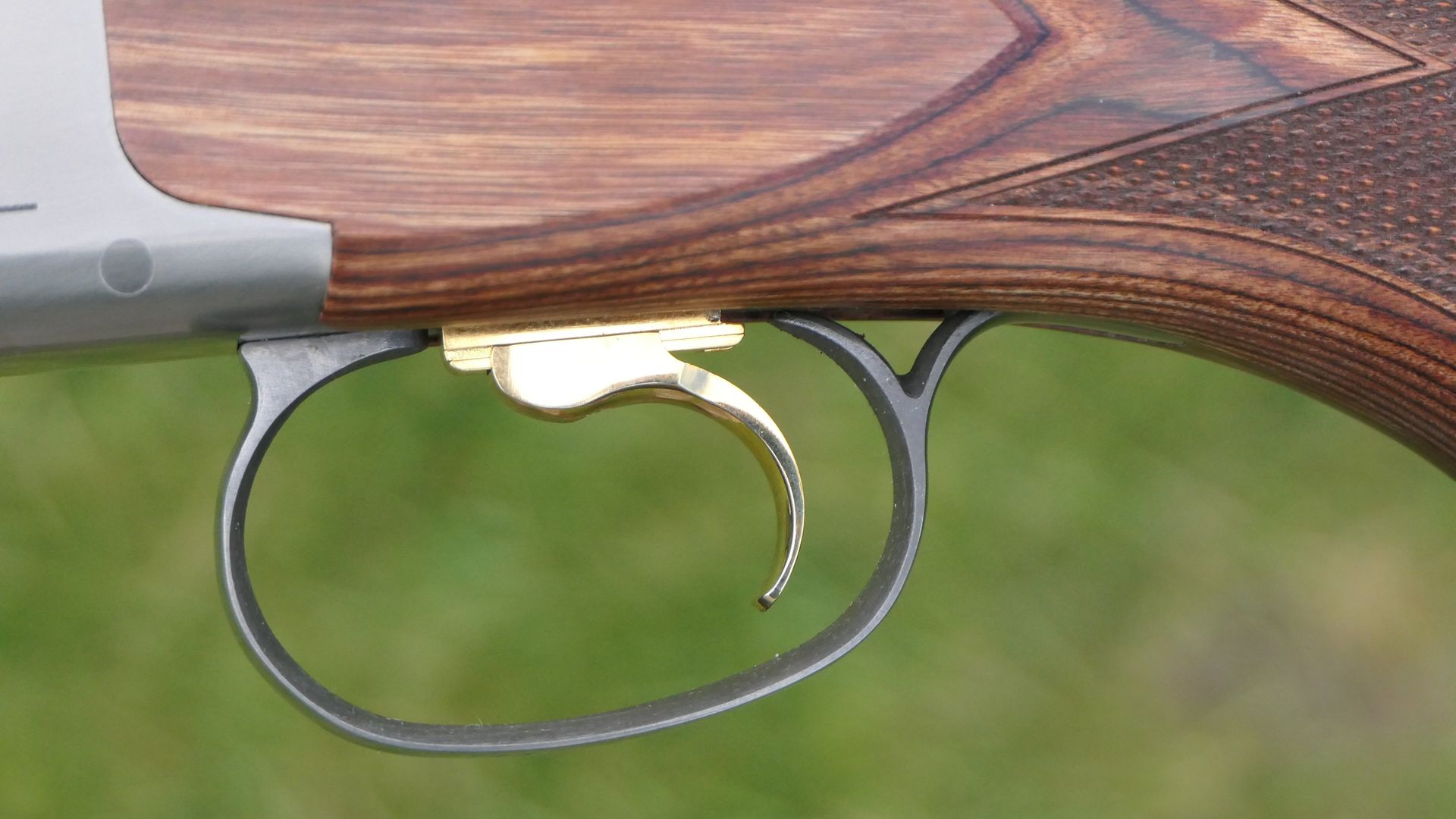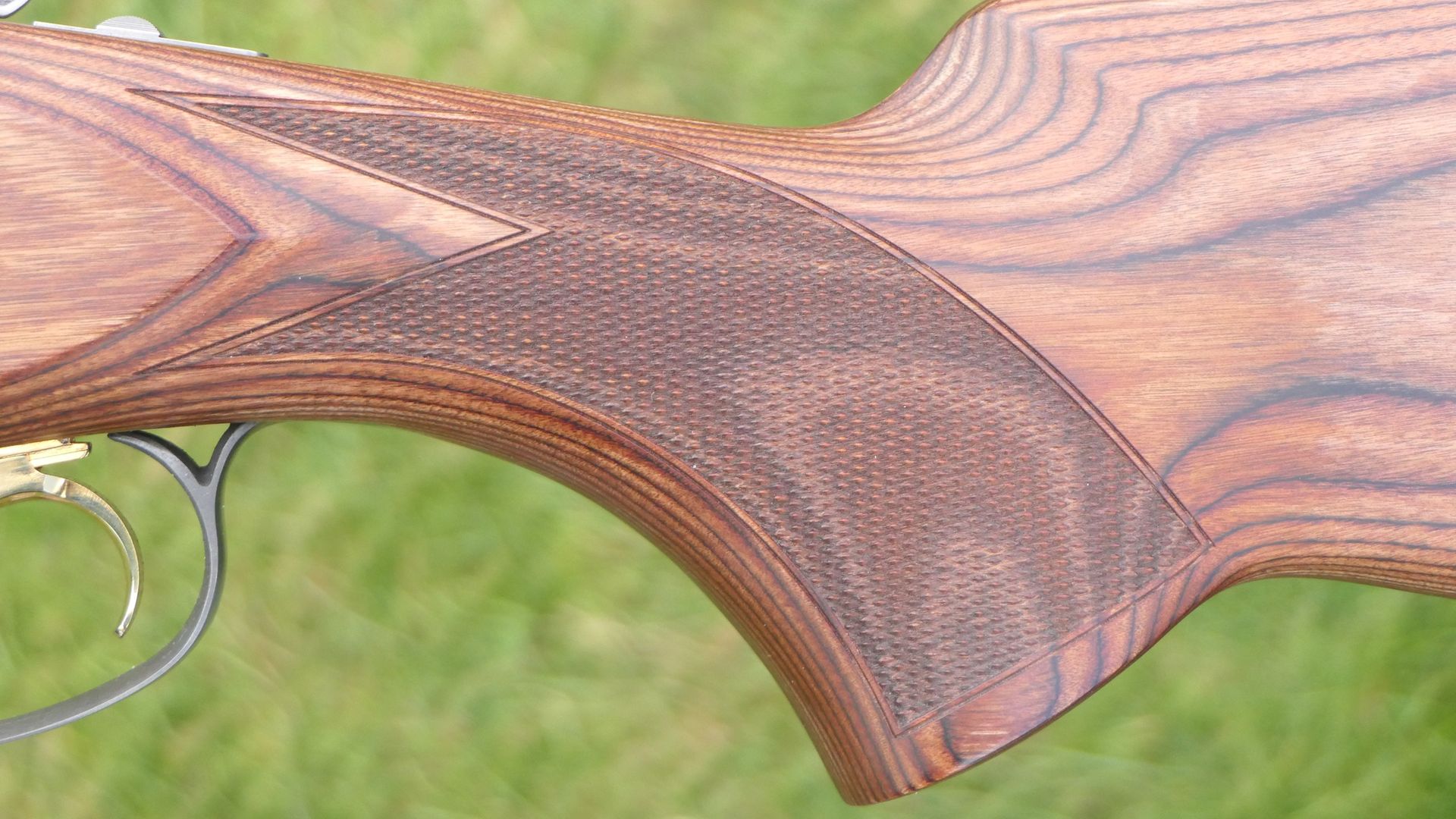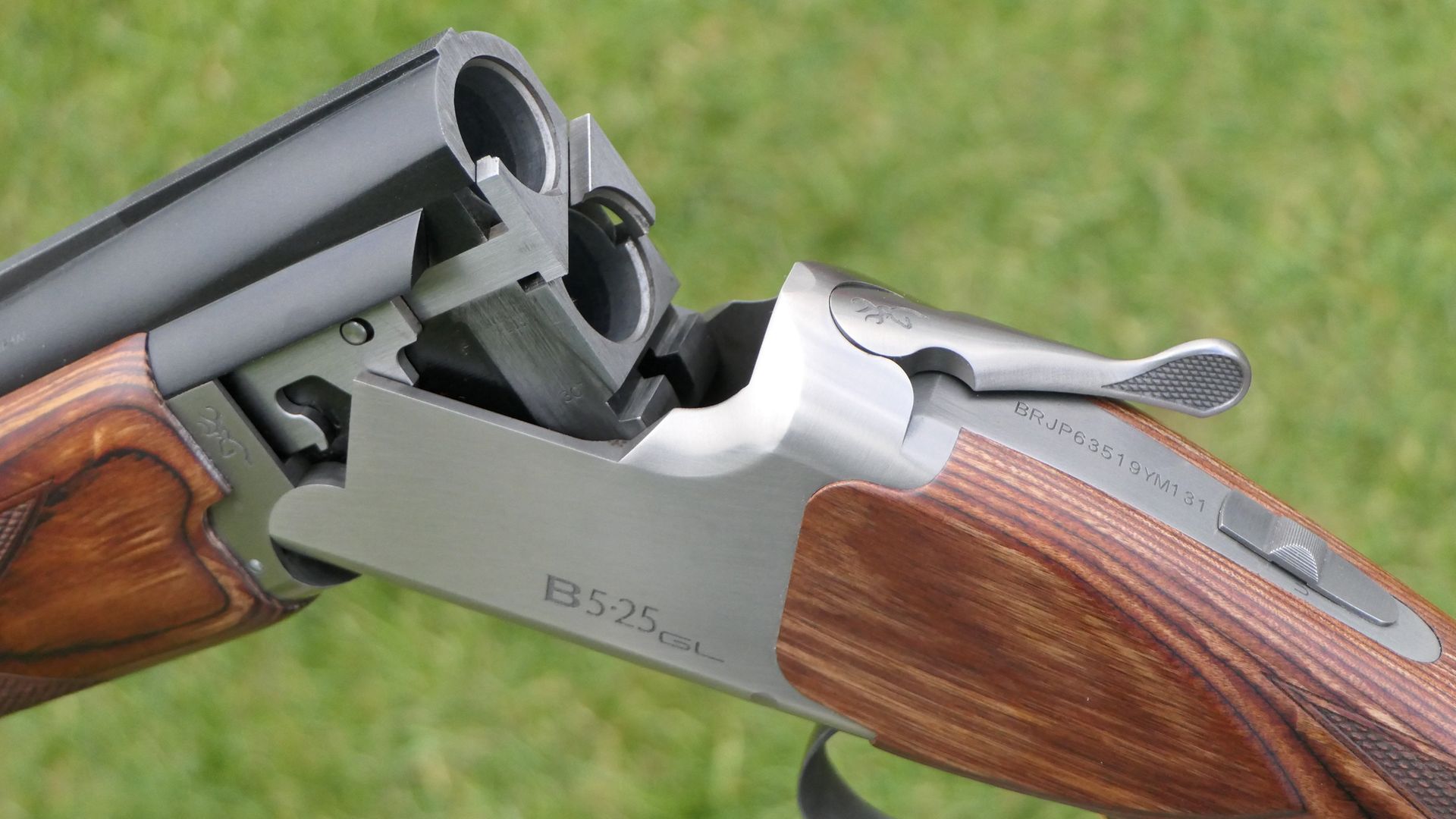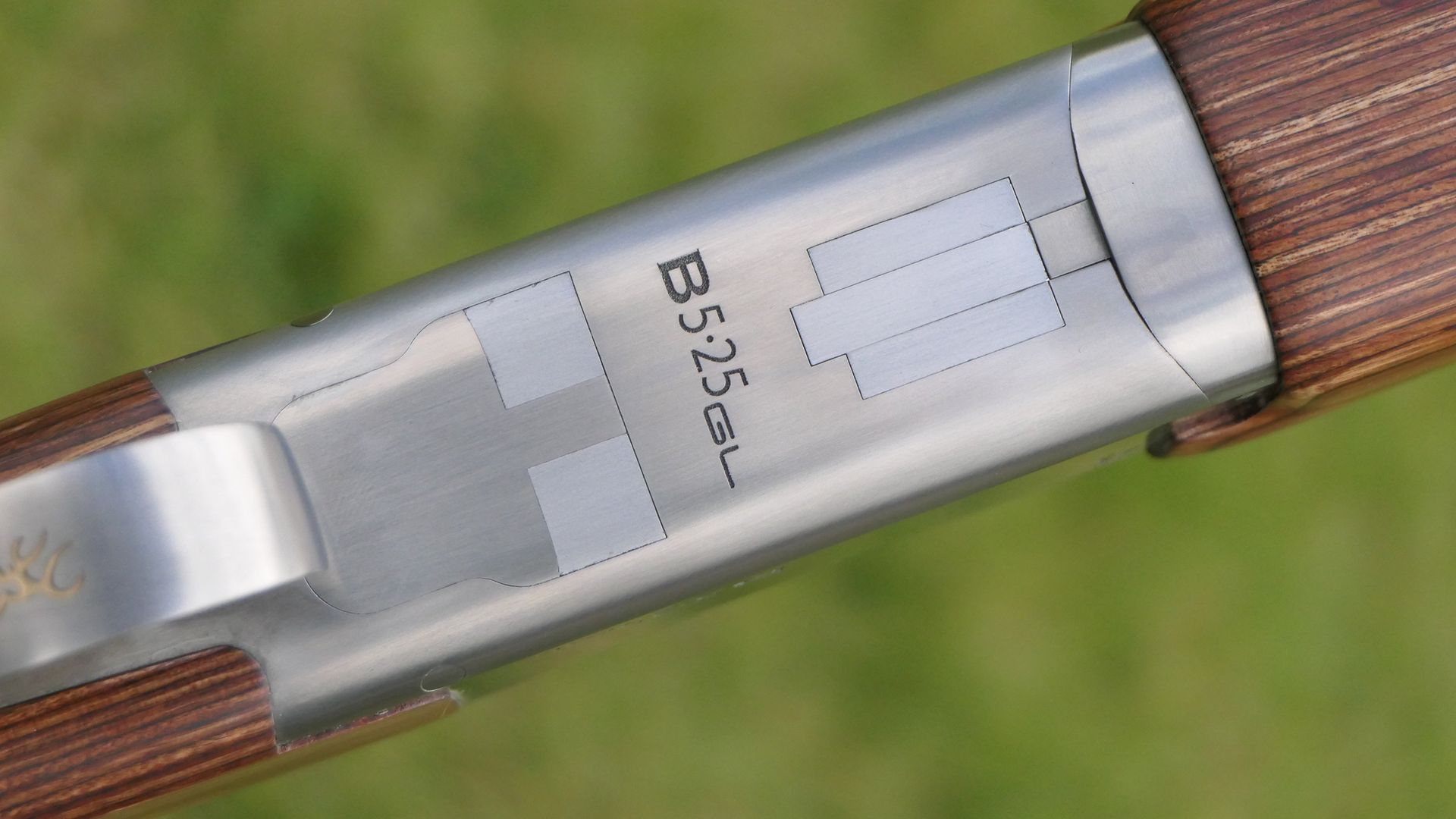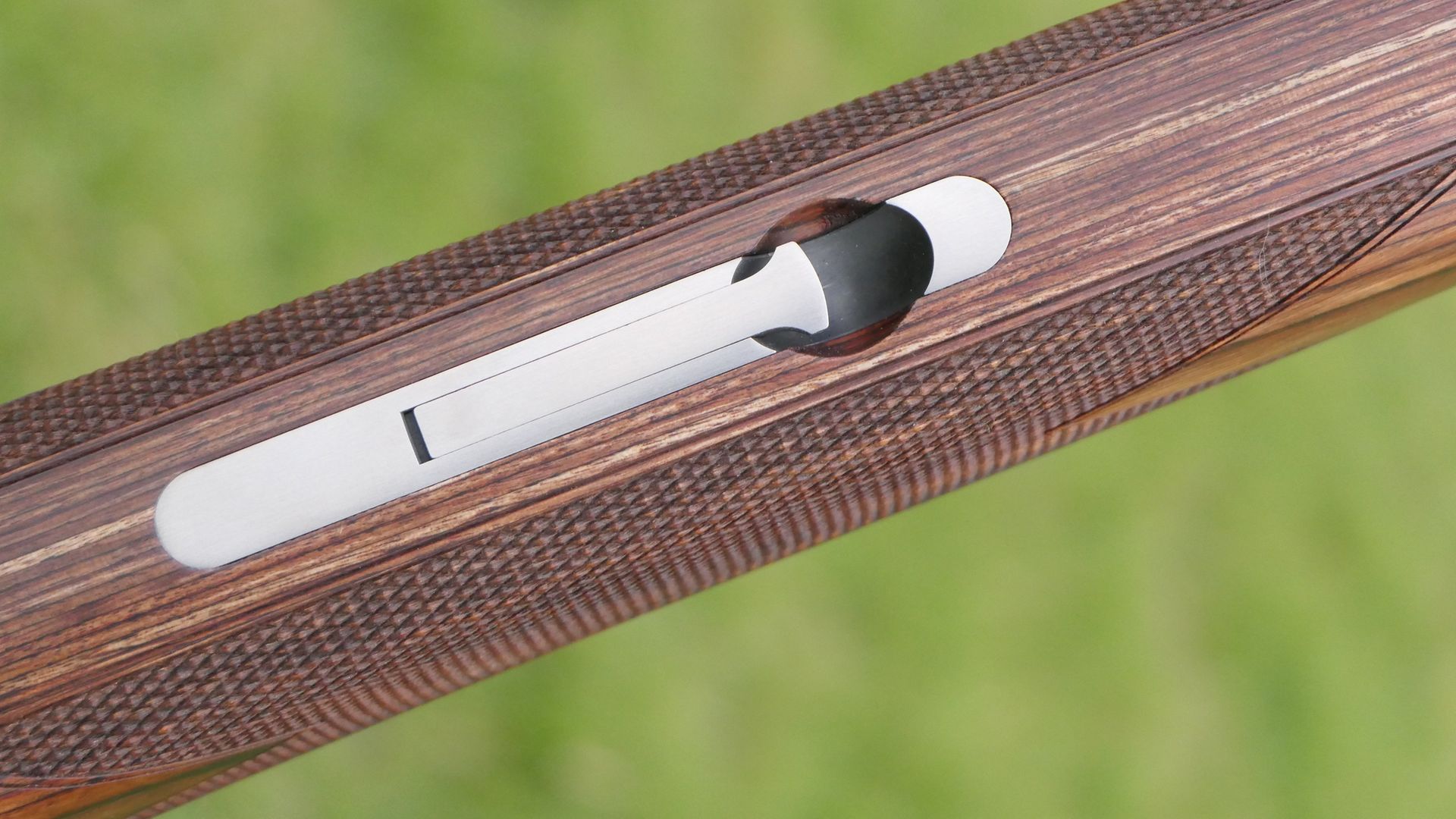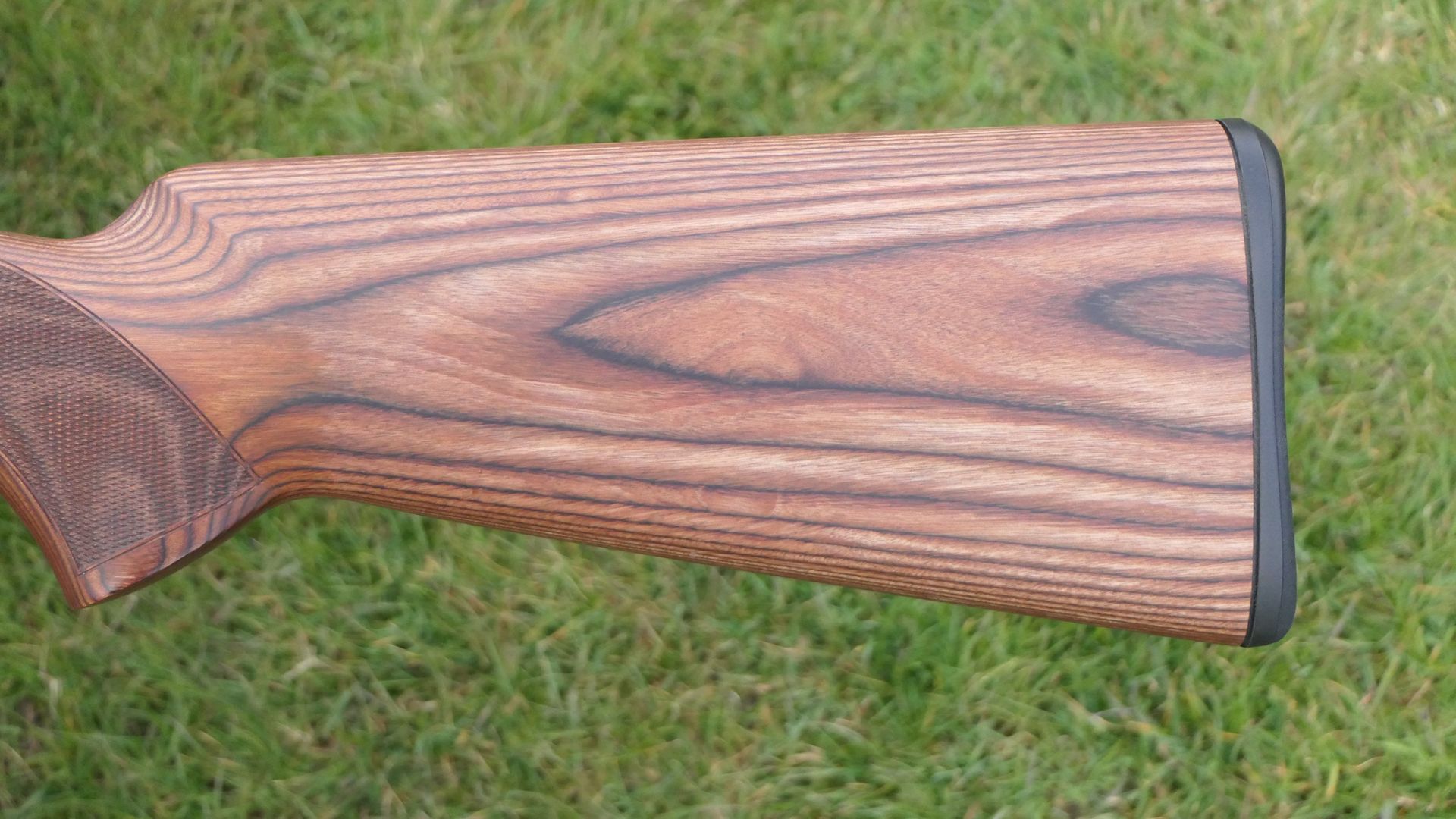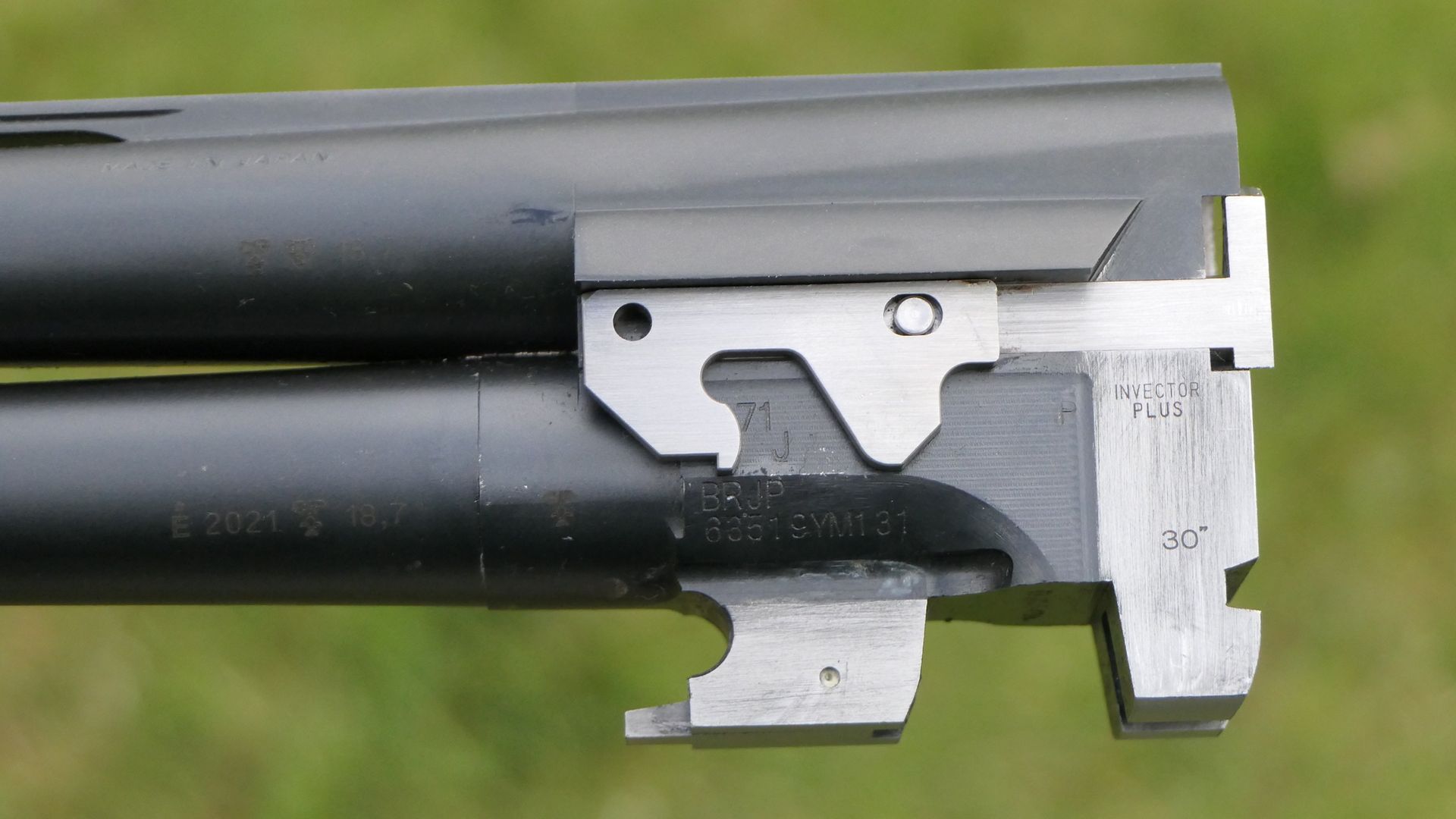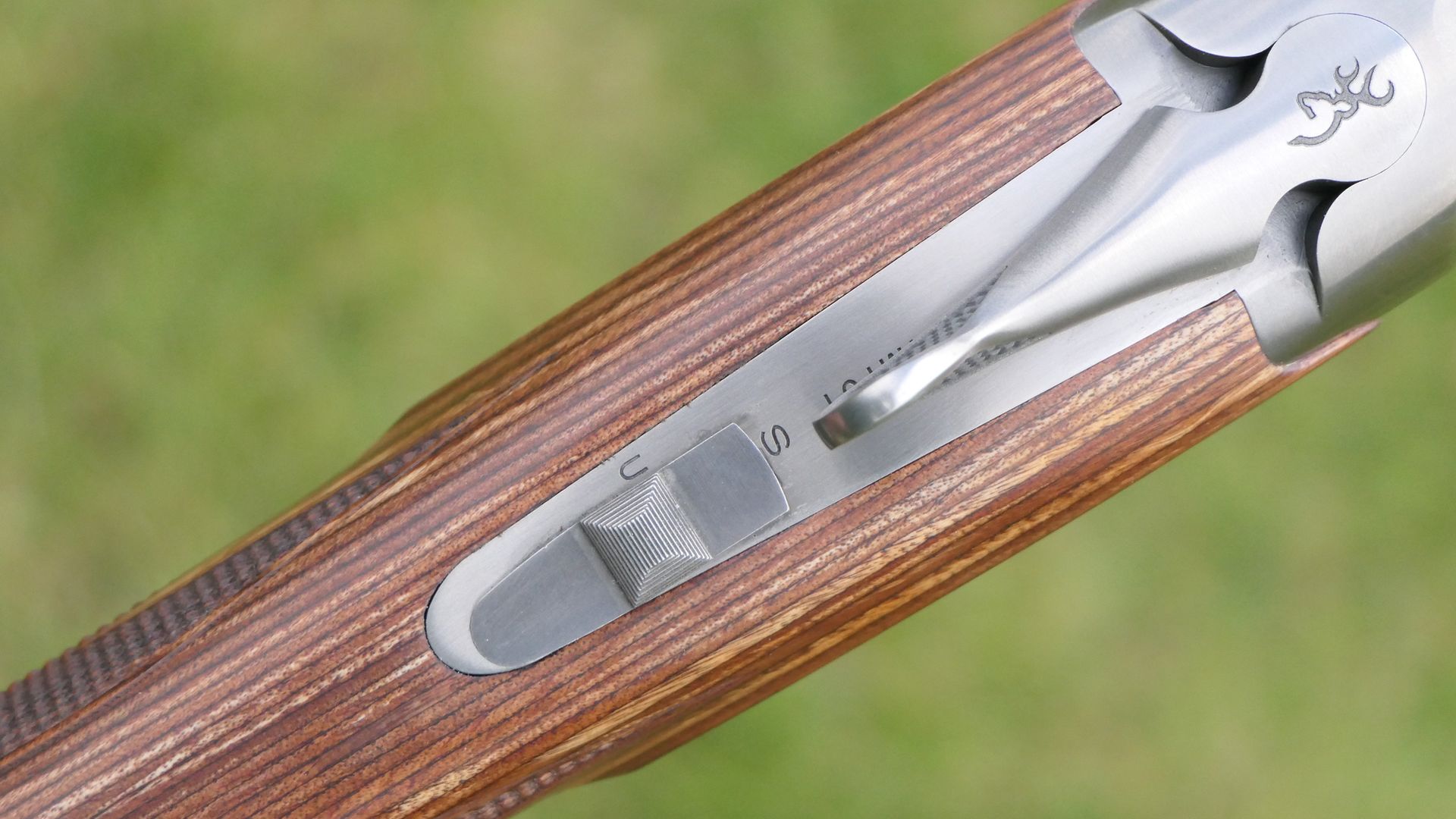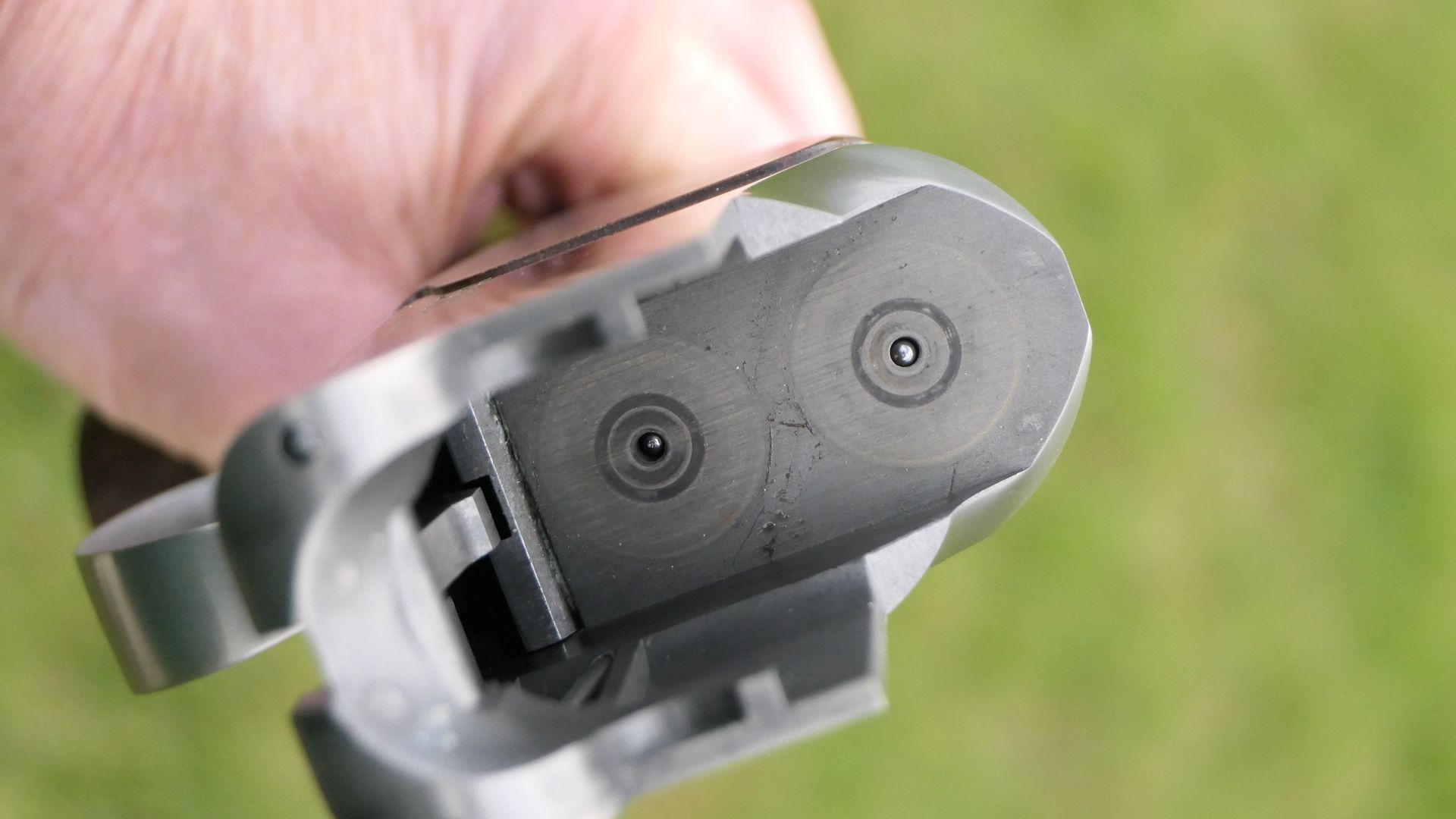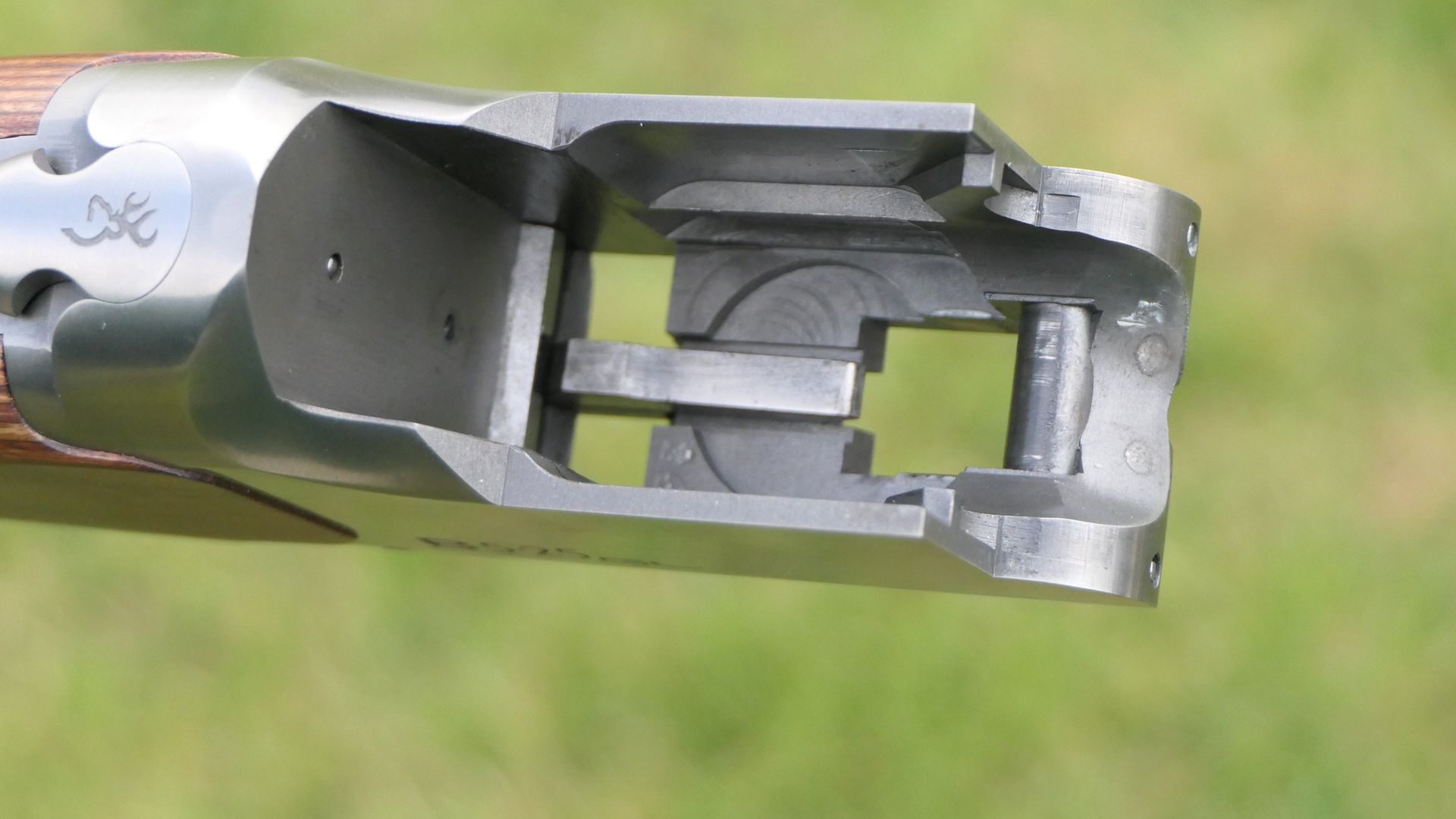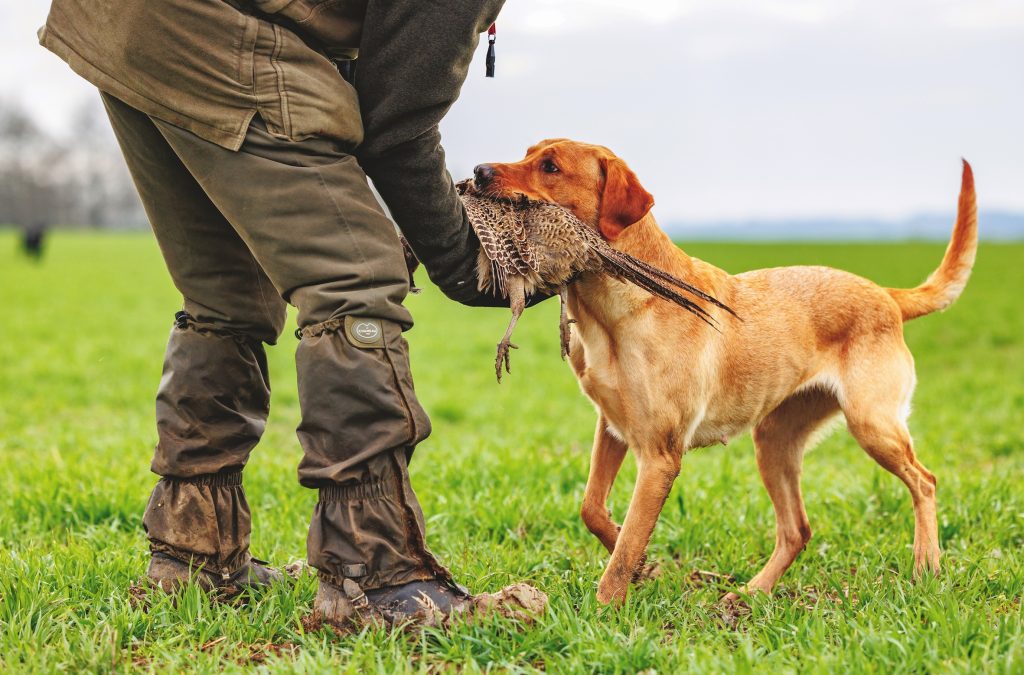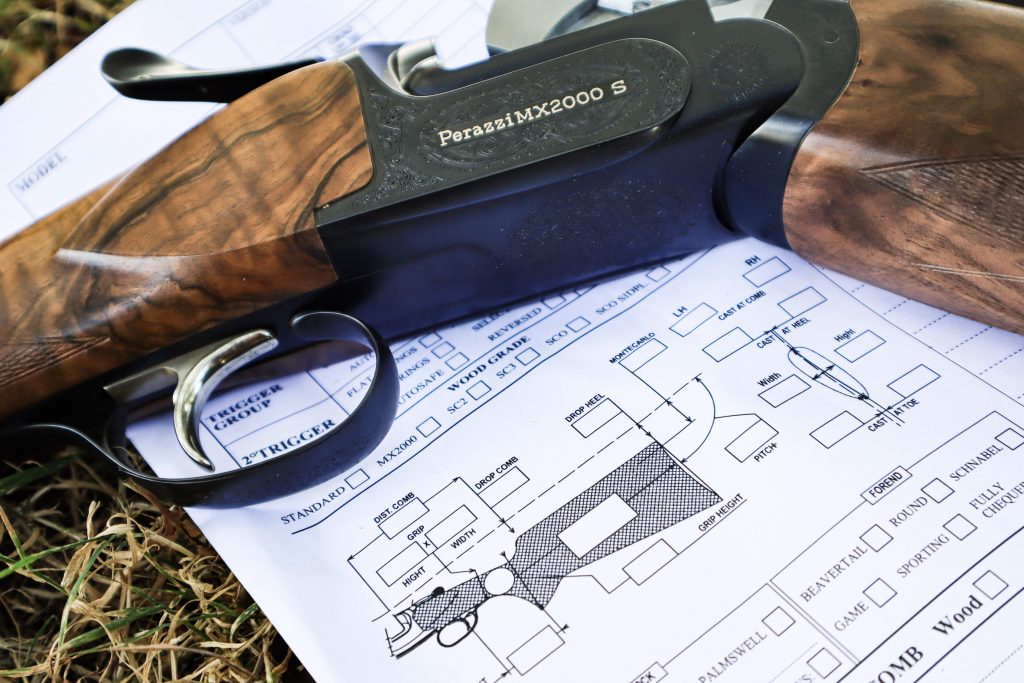Gun test: Browning 525 GL
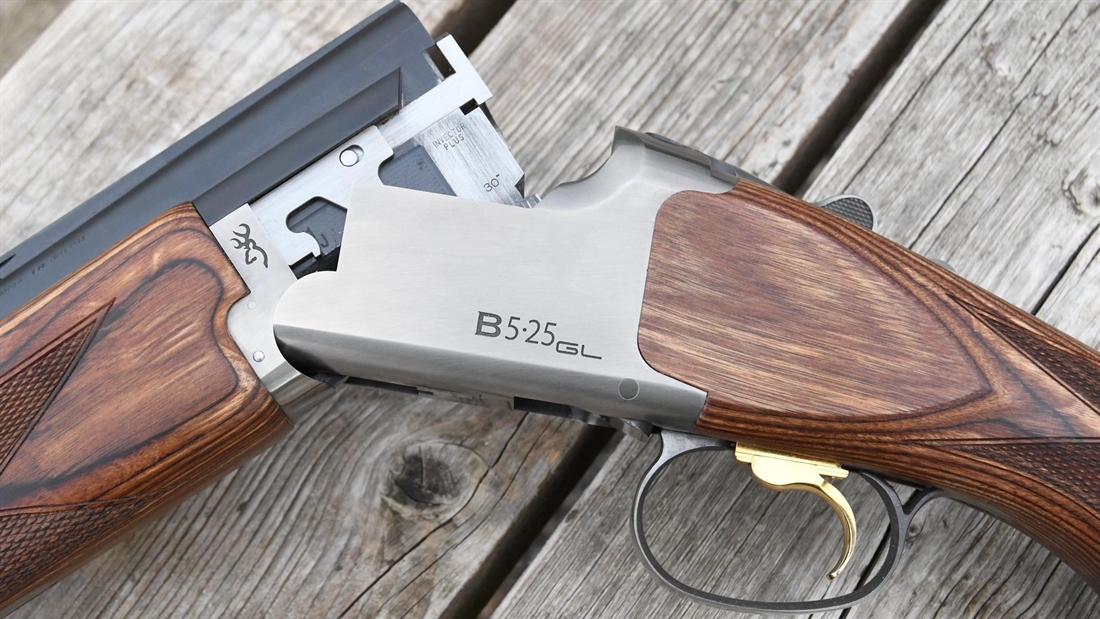
After the success of the clay shooting version, Mike is keen to review the new Browning 525 GL, and discovers that the laminate stock makes a real difference to the gun’s performance
It’s getting to that time of year when clay shooting is in full swing. Most clay grounds have re-opened and a lot of people are thinking about pigeon shooting. Meanwhile, I hear the gun shops are buzzing. One famous wholesaler told me recently that they have just had their best quarter ever. So, for the moment, and happily, our sport seems to have survived the slings and arrows of adversity and lockdown; many people appear to be looking at and buying a new gun.
With this rekindled enthusiasm in mind, I set out to find what looked, at first glance at least, like a good deal as an all-rounder. I came up with a new Browning over-and-under called the 525 GL (Game Laminate). I chose it because the price is not too shocking at £1,799 and because I had been much impressed with the dedicated clay shooting version – the 525 SL – before the crisis. It too was well priced, shot especially well, and was unusually soft in recoil.
Bring on the test 525 GL! Ours has 30″ monobloc, fleurs-de-lys steel-proofed, 3″ (76mm) chambered barrels and hits the scales at a quite hefty 8lb. It has a 6mm rib, and comes equipped with four flush-fit, but long, Invector Plus multi-chokes. The monobloc barrels are back-bored at 18.7mm.
The gun’s most obvious feature, however, is its brown laminate stock, which is made from glued birch wood. To quote Browning’s PR material: “The B525 Game Laminate adds another distinguishing feature to its hallmark sporty and aggressive style, with uniformly compact laminated wood that provides superior rigidity for a perfectly stable shot.”
Well, I had found the laminated stock on the SL clay gun did make a real difference. The gun is obviously made a little heavier overall using laminate, but vibration on firing was also reduced. The effect is most marked when you shoot a laminate gun together with a conventionally-stocked stablemate. It kicks less.
The new gun, meantime, makes a good first impression as you assemble it from its black ABS travel case. The plain silver action is perfectly acceptable – I would much rather have a plain action than one with thin, machine engraving. The brown laminate itself is attractive and has laser-cut chequering on its gripping surfaces. Laid in conventional patterns, this looks fine and is functionally efficient when the gun is put between the hands.
I also liked the practical but smart matte finish on the barrels and the well-shaped Inflex-2 recoil pad fitted to the butt. These are available in 12, 20, 25 and 32mm thicknesses, with a 20mm fitted to achieve an LOP of 15″ (380mm). Additionally, 6mm spacers are available for lengthening the stock further. And, there is an adjustable trigger as well.
I asked David Stapley of Browning how the new model came about: “We had a great success with the Sport Laminate, and we thought it was a natural progression into the Game Laminate. The shooting impressions of the SL were so positive, and being a laminated stock gun, it’s particularly strong and weatherproof – which is ideal for rough shooting.
“If the stock gets scratched, it’s easy to repair (indeed, it is hard to see scratches on it) and the material is water-resistant. The gun is especially good for heavy loads. Plus the laminate design is good for the dealers, becasue there’s no dispute about the quality of the wood grain – they all look good! The main thing, however, is shootability.”
The latest 525 is part of an evolution that began with the ‘Citori’ circa 1973 and evolved via the 425 to the present models. Monobloc barrels replaced demi-bloc ones and long 80mm Invector Plus chokes replaced the shorter 50mm Invectors with less trumpeting at the muzzles to accommodate them. Another modification at this time was the introduction of back-boring. In 2014, a new extended forcing cone profile was introduced, as were lighter and more tapered barrels with the centre of gravity moving slightly rearwards by 15mm. The test gun actually (and unusually) balances on its hinge pin.
Technical
This Browning is still closely related to the original B25 Superposed – the last design circa 1920 of gunmaking legend John Moses Browning. The gun is notable for a full width hinge pin, and a full width locking bolt engaging a slot bite beneath the bottom chamber.
Some 60 years ago, it was copied and modified by Japanese maker B.C. Miroku, who now manufacture most of Browning’s shotguns, bar those still made on the bench in Belgium. For ease of manufacture, Miroku removed keyways in the action for a hinged extension to the B25’s fore-end iron and introduced a conventional, detachable fore-end with a Deeley and Edge-type lifting lever fastener.
Guns to this pattern are now branded both as Brownings and Mirokus (with some notable differences). The Miroku Browning lookalikes, meantime, were made at least from the 1960s. Miroku-made Brownings arrived in our gun shops in the 1970s and they have been very popular ever since.
Shooting impressions
Having tested the clay shooting version of this gun as noted – and been impressed – I was keen to get straight on the ranges to try this new field version. It came up well. As a 5’ 11” Mr Average in gun-fit terms, I saw just a little less of the rib than my ideal. The gun has typical Browning measurements, however, with 1 3/8” and 2 1/4” for drop at comb. Good enough for me, though, and with a little built-in cast off, I was looking straight down the rib. The grip was good – no palm swell, and quite large. The first half dozen clays were despatched without fuss.
The gun was easy to shoot, and forgiving like the SL. Recoil, like the previous laminate gun, was reduced too. I did think, for my hand, the otherwise excellent grip, might have needed relieving for the base of my thumb – a little more of a notch would have improved purchase and hence muzzle control. Mechanically, the gun performed almost without vice. I had one bird where the trigger went a whisker early. Nevertheless, everything was broken bar two birds out of 50. Overall, an excellent new member of the Browning stable, and highly recommended as an all-round – clays, marsh or hide – working gun.
My thanks to Lyalvale Express for the Super Light cartridges used in this test.
We like
- The lack of recoil
- The handsome but hard stock wood
- The styling and form
We dislike
- It’s a little heavy for some but the weight has advantages too
- The stock comb might be a little higher
Specification
Make: Browning
Model: 525 GL
Action type: modified B25
Bore: 12
Barrel: 30” (28” option)
Rib: 6mm ventilated
Chokes: Multi Invector Plus
Weight: 8lbs
RRP: £1,799

